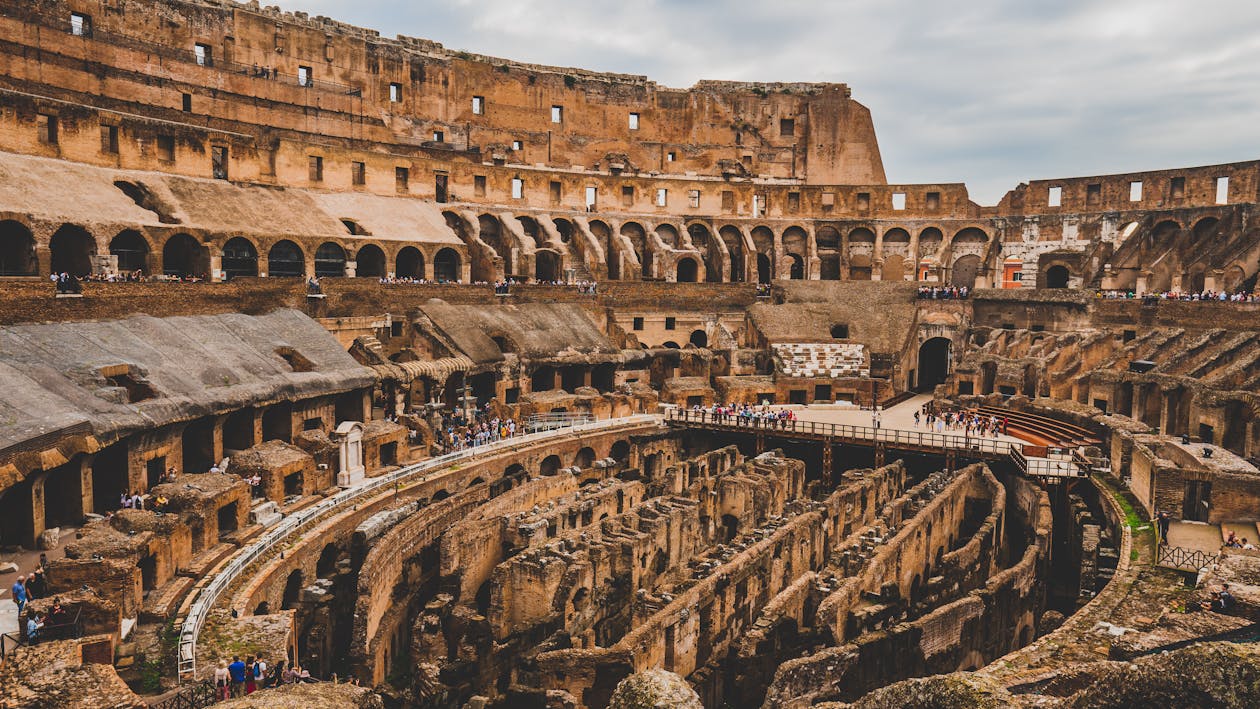The Colosseum was capable of seating up to 50,000 spectators,

who were divided by social class. The emperor and other VIPs sat in the front rows, while the lower classes sat in the upper levels. The Colosseum was designed to be as efficient as possible, with the seats arranged in a way that provided an unobstructed view for all spectators. The Colosseum was also designed with an elaborate system of staircases, ramps and corridors that allowed the spectators to enter and exit the arena quickly and efficiently.
The Colosseum was used for a variety of entertainment,
including gladiatorial contests, public spectacles, and animal hunts. It was also used for mock sea battles, with the floor being flooded to create a mini-lake for the naval battles. Gladiatorial contests were the most popular form of entertainment, and they were held to commemorate special events such as the opening of the Colosseum, the emperor’s birthday or a military victory. Animal hunts were also popular, with exotic animals such as lions, elephants and giraffes being brought in from Africa and the Middle East to be hunted by gladiators or professional hunters.


